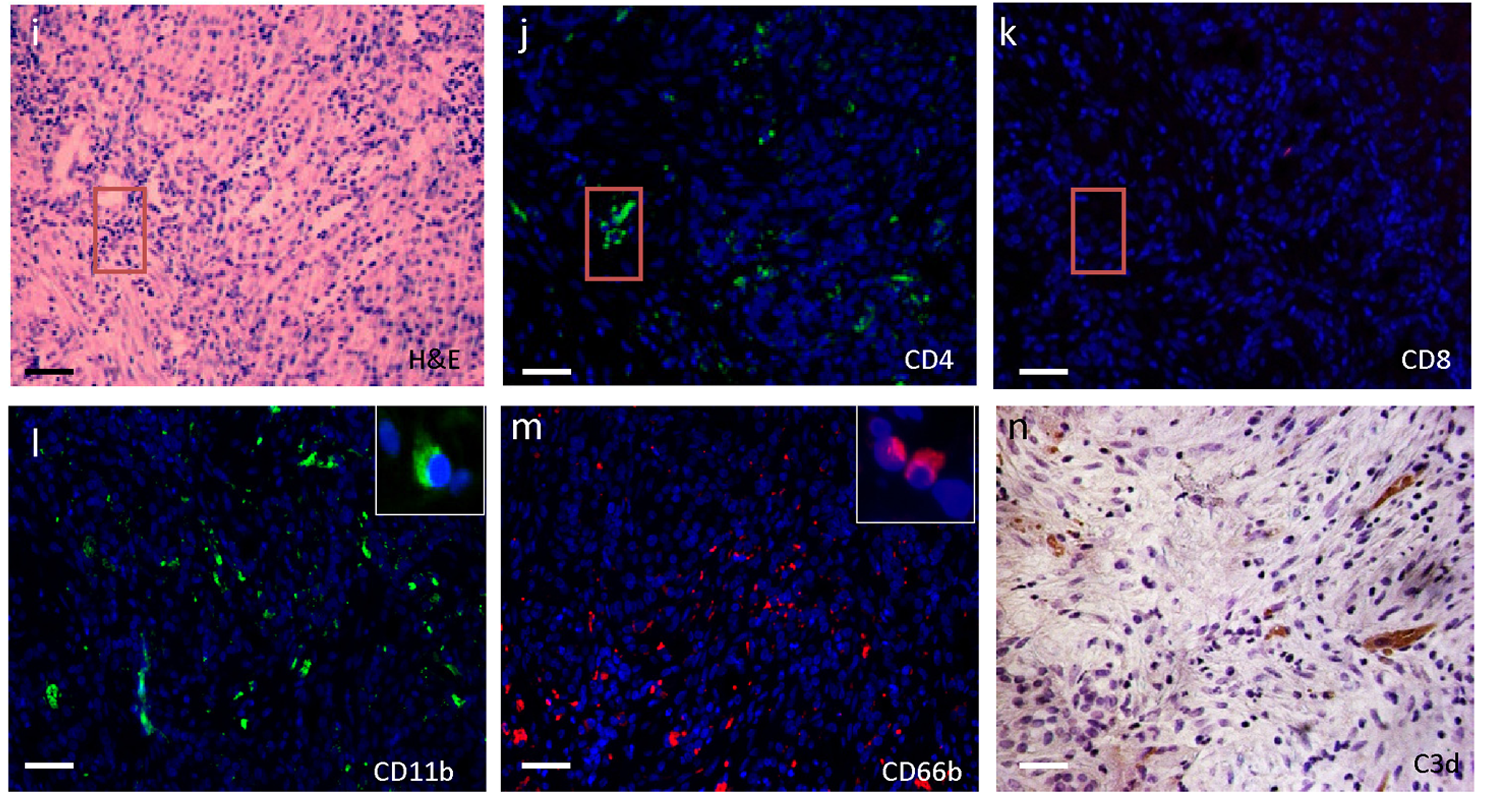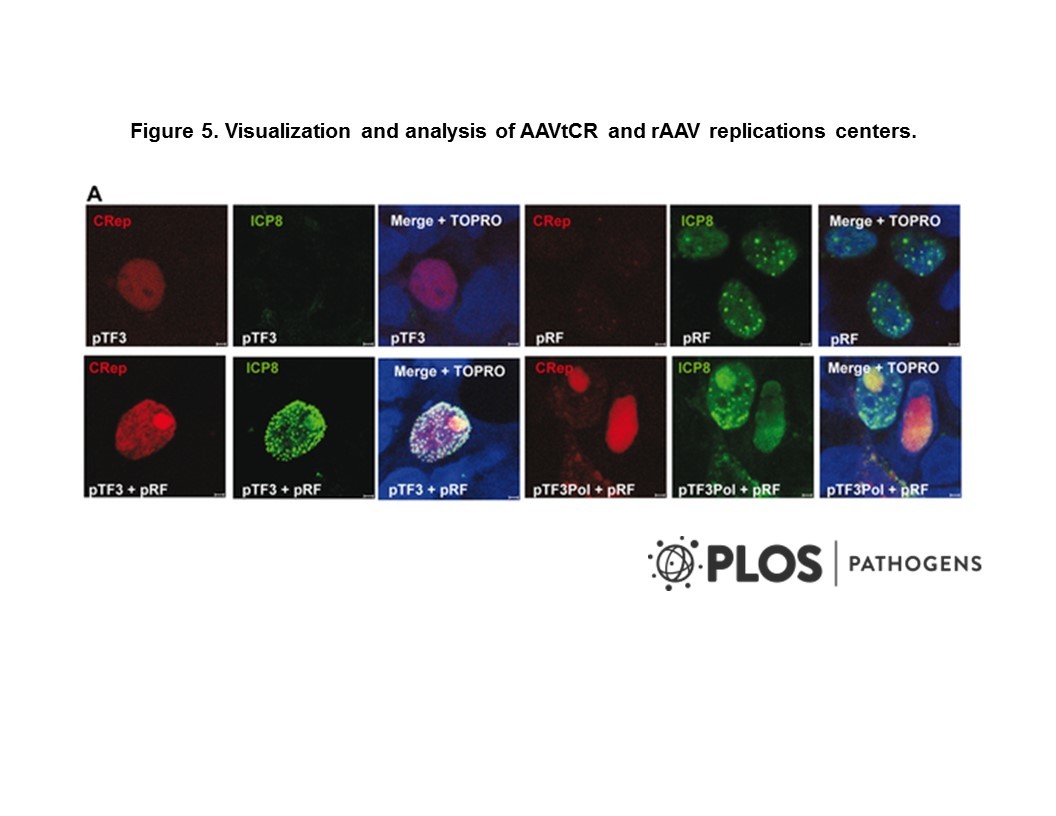Cat. #153368
MB49 Cell Line
Cat. #: 153368
Sub-type: Primary
Unit size: 1x10^6 cells / vial
Availability: 3-4 weeks
Organism: Mouse
Tissue: Bladder
Disease: Cancer
Model: Tumourigenic line
£1,050.00
This fee is applicable only for non-profit organisations. If you are a for-profit organisation or a researcher working on commercially-sponsored academic research, you will need to contact our licensing team for a commercial use license.
Contributor
Inventor: Leonard Franks
Institute: Cancer Research UK, London Research Institute: Lincoln's Inn Fields
Primary Citation: Summerhayes et al. 1979. J Natl Cancer Inst. 62(4):1017-23. PMID: 107359
Tool Details
*FOR RESEARCH USE ONLY
- Name: MB49 Cell Line
- Alternate name: MB49, MB-49, MB49 Mouse Bladder Carcinoma Cell Line
- Tool sub type: Primary
- Organism: Mouse
- Gender: Male
- Tissue: Bladder
- Disease: Cancer
- Morphology: A spindle-like epithelial morphology, or rounded
- Growth properties: The cells do not form a 100% confluent monolayer but at 70% confluence tend to detach in small clumps that float in the media. About 10-20% of the cells will be attached with a spindle-like epithelial morphology, the remainder will appear rounded
- Model: Tumourigenic line
- Model description: The cells transplanted into syngeneic mice were shown to generate carcinomas
- Crispr: No
- Conditional: No
- Description: MB49 is a urothelial carcinoma cell line derived from an adult C57BL/ICRF-a(t) mouse bladder epithelial cells transformed by chemical carcinogen 7,12-dimethylbenz[a]anthracene (DMBA) in culture. It is one of the most-established murine model of bladder cancer, widely used by scientists for more than 45 years after its original publication by Cancer Research UK researcher, Leonard Franks, in 1979. MB49 cell line can be used both as an in vitro and in vivo tumour model, thanks to its clinically relevant metastatic potential. MB49 cells also shares pivotal tumour characteristics with human bladder cancer. Key features of MB49 cell line: - Rapidly generates tumours when injected subcutaneously or orthotopically into syngeneic mice (Summerhayes et al. 1979; Kasman et al. 2013). - Recapitulates key features of sex differences in tumour growth (White-Gilbertson S, et al. 2016). - Loss of the Y-chromosome and expression of male-specific antigens, which is a frequent feature observed in human bladder cancer (Fabris et al. 2012). - Dose-dependent enhanced proliferation to dihydrotestosterone and lack of proliferation to human chorionic gonadotrophin (White-Gilbertson S, et al. 2016). - Model to explore immunogene therapy, such as adenoviral vectors (Loskog et al. 2005). Our collection also includes a luminescent derivative of MB49, MB49-luc Cell Line (Cat. #: 161579).
- Application: In vitro and in vivo model of bladder cancer; Metastatic urothelial carcinoma research
- Production details: Derived from adult C57BL/Icrf-a’ mouse bladder epithelial cells via single 24 h treatment with 7,12-dimethylbenz[a]anthracene (DMBA) on the second day of primary culture
- Biosafety level: 1
- Cellosaurus id: CVCL_7076
Applications
- Application: In vitro and in vivo model of bladder cancer; Metastatic urothelial carcinoma research
- Application notes: Points of Interest The loss of Y chromosome and lack of expression of male specific antigens is a frequent early event within bladder cancer, and thus is an appropriate and effective model system. MB49 cell line displays little to no MHC class I and II molecules but MHC class II antigens are produced when stimulated with interferon. Implanted long term MB49 cells were subcutaneously injected into mice, with the primary tumours resected, mechanically disrupted and trypsin digested to obtain single cells, most of which were adherent but a small population of spheroidal 3D structures in culture. These are likely stem like, basal and highly metastatic, which is ideal for researching metastatic urothelial carcinoma. Immortalisation process: 7,12-dimethylbenz[a]anthracene on day 2 of culture.
Handling
- Format: Frozen
- Growth medium: DMEM Complete Medium or in DMEM-High Glucose with 10% FBS and 1X Penicillin/Streptomycin (optional)
- Temperature: 37° C
- Atmosphere: 5%CO2
- Unit size: 1x10^6 cells / vial
- Shipping conditions: Dry ice
- Storage conditions: Liquid Nitrogen
- Cultured in antibiotics: Penicillin/Streptomycin (optional)
- Mycoplasma free: Yes
Related Tools
- Related tools: MB49-luc Cell Line
References
- Albertó et al. 2019. Oncol Lett. 17(3):3141-3150. PMID: 30867744.
- Plote et al. 2019. Oncoimmunology. 8(5):e1577125. PMID: 31069136.
- Shi et al. 2019. Onco Targets Ther. 12:4403-4413. PMID: 31239709.
- White-Gilbertson et al. 2016. Bladder (San Franc). 3(1). PMID: 26998503.
- Kasman et al. 2013. J Vis Exp. (82):50181. PMID: 24326612.
- Zhu et al. 2013. BMC Urol. 13:57. PMID: 24188098.
- Fabris et al. 2012. Cancer Genet. 205(4):168-176. PMID: 22559978.
- Chen et al. 2009. J Urol. 182(6):2932-2937. PMID: 19853870.
- Loskog et al. 2005. Lab Anim. 39(4):384-393. PMID: 16197705.
- Brocks et al. 2005. J Urol. 174(3):1115-1118. PMID: 16094076.
- Günther et al. 1999. Cancer Res. 59(12):2834-2837. PMID: 10383142.
- Summerhayes et al. 1979. J Natl Cancer Inst. 62(4):1017-1023. PMID: 107359.






